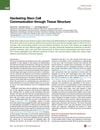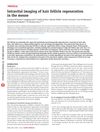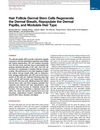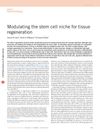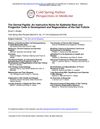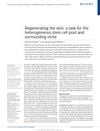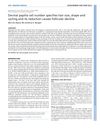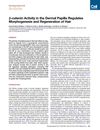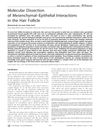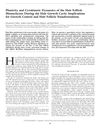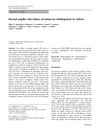Reorganizing Niche Architecture Still Preserves Organ Function in the Hair Follicle
September 2022
in “
bioRxiv (Cold Spring Harbor Laboratory)
”
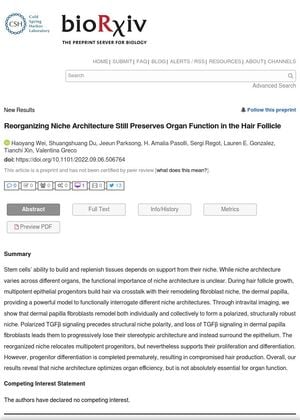
TLDR Changing the structure of the hair follicle's environment can affect hair quality but doesn't stop hair growth.
The study "Reorganizing Niche Architecture Still Preserves Organ Function in the Hair Follicle" investigates the role of niche architecture in hair follicle growth. It reveals that during hair growth, multipotent epithelial progenitors build hair through interaction with their remodeling fibroblast niche, the dermal papilla. The study shows that dermal papilla fibroblasts remodel both individually and collectively to form a polarized, structurally robust niche. Polarized TGFβ signaling precedes structural niche polarity, and loss of TGFβ signaling in dermal papilla fibroblasts leads them to lose their stereotypic architecture and instead surround the epithelium. Despite this reorganization, the niche still supports the proliferation and differentiation of multipotent progenitors. However, progenitor differentiation is completed prematurely, resulting in compromised hair production. The study concludes that while niche architecture optimizes organ efficiency, it is not absolutely essential for organ function.
